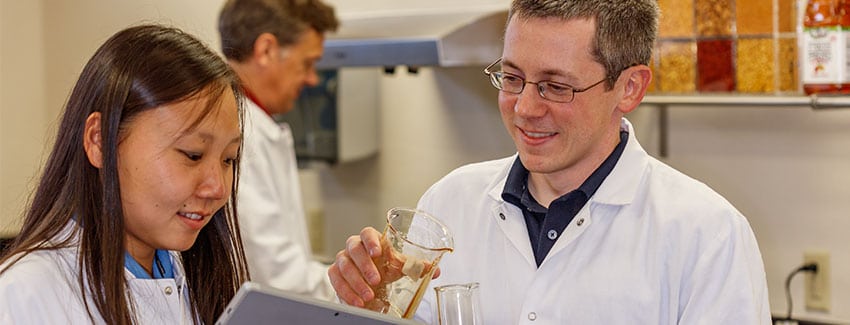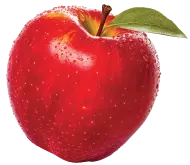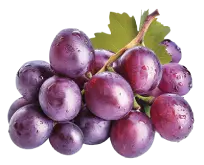
Clean label means different things to different people. Clean label can mean non-GMO, natural, short ingredient statements, familiar ingredients, no chemical names, ethical sourcing, and many other things. I look for ingredients I can find in my kitchen and the ingredient deck shouldn’t look like a paragraph. I think if you follow those two guidelines, then you will fulfill most people’s definition of clean label.
When it comes to dried fruit, sulfites have been frequently used to preserve color during processing. Replacing sulfites with ingredients you can find in your kitchen hasn’t been easy. Five years ago we revisited the mechanism of browning in fruits and discovered a solution that controls browning in dried apples.
Browning in fruits is caused by two different phenomena: enzymatic browning and non-enzymatic browning. Enzymatic browning is orchestrated by polyphenol oxidase (PPO). PPO in combination with oxygen catalyzes the metamorphosis of monophenols to the colored compounds melanins. Non-enzymatic browning, AKA the Maillard reaction, is a reaction of reducing sugars with amino acids. While both of these browning reactions are often undesirable in dried fruits, in other food categories they are desired and encouraged. Many of the compounds from these reactions not only give a food color, but will also add flavor. Chocolate, tea, and coffee would look and taste very different without these reactions.
Dried apples are typically divided into three classes based on moisture levels: low moisture (0-3% water), intermediate (3-14%), and evaporated (14-24%). Water activity, which is correlated with water content, has an effect on browning. Low moisture apple color is quite stable. Intermediate moisture and evaporated apples that are not treated with sulfites will brown with the rate being temperature dependent. Prior to the clean label movement, sulfites were widely used to inhibit browning in dried fruits. Sulfites are a silver bullet when it comes to browning. Not only do sulfites suppress enzymatic browning, but they also impede non-enzymatic browning. Sulfites work well at all moisture levels.
Tree Top has been searching for sulfite alternatives for decades. With the recent clean label movement, more and more of our customers have been requesting clean label solutions to prevent browning. One of the first sulfite alternatives was a combination of ascorbic acid, citric acid, sodium chloride, and calcium chloride. It works well in low moisture, but intermediate and evaporated apples treated with this solution have to be stored refrigerated or frozen to inhibit browning. This sulfite alternative has two drawbacks: it adds four ingredients to the deck and it has chemical names. A few years ago, we discovered a new treatment that uses a proprietary sea salt and lemon juice concentrate blend to inhibit browning. This sea salt lemon juice treatment inhibits browning in the drying process and holds up in low moisture items. Intermediate and evaporated apples that have this treatment will need to be stored refrigerated or frozen. I think the reason that these sulfite alternatives in higher moisture products have to be stored cold is because they primarily inhibit enzymatic browning, but not non-enzymatic browning.
I hope we will eventually find a simple solution that will inhibit both modes of browning that performs like sulfite does without the drawbacks. We have tested all different compounds and extracts
searching for the next silver bullet and will continue to do so. Always searching, always improving, always investigating…problems like these keep me motivated as a scientist.
Benefits of Dried Apples:
•Real fruit inclusion
•Serves as an excellent fat replacer and moisture extender
•Provide neutral base for other color and flavors
•Various sizes and shapes for different piece identities
•Low-cost transportation and storage
•Easy handling and reduced labor costs
•Low-cost alternative to fresh or frozen apples
•Shelf stable
Explore all our dried fruit products and let us help you create the perfect ingredient for your next formulation




